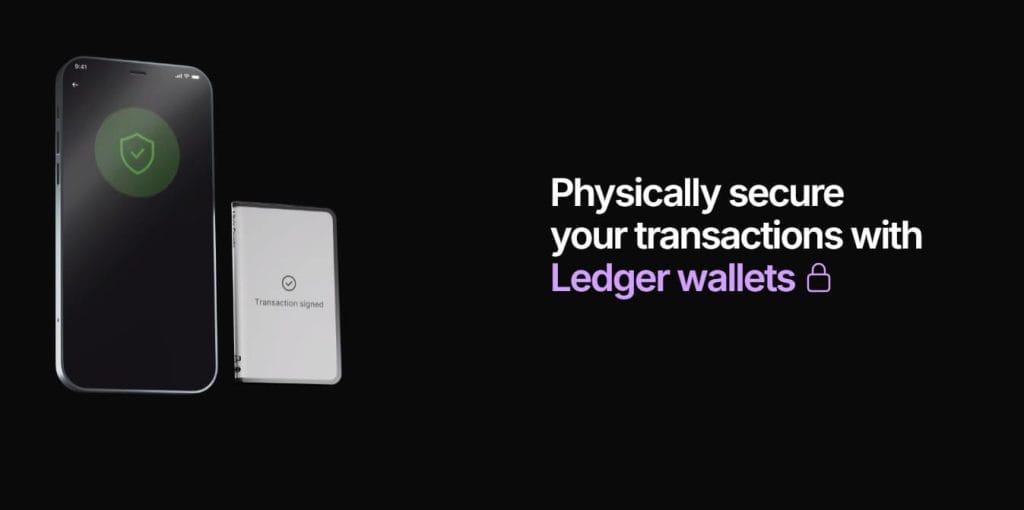In the early hours of May 2023, Mark, an executive at a tech company in Silicon Valley, suddenly found his phone screen black. When he restarted the device, he discovered that his crypto wallet was empty—$120 million worth of Bitcoin and Ethereum had vanished. Police investigations revealed that hackers had obtained his hot wallet private key through phishing software, and the entire process took only 37 seconds.
This is not a movie plot, but a daily occurrence in the digital asset security crisis. Mark's experience exposed the most vulnerable link in cryptocurrency storage: hot wallets are like keeping cash in a transparent glass cabinet; while they are convenient for access, they also provide opportunities for criminals.
In the same month, another investor, Jenny, managed to avoid disaster. She stored 85% of her assets in a cold wallet, and although hackers breached her hot wallet, they could only look on helplessly. This $120 million lesson forces us to consider: in the world of digital assets, where is your money truly safe?
In the real world, your wallet contains cash and bank cards; in the crypto world, your assets are actually a series of codes stored on the blockchain, a vast distributed ledger. Here’s a key concept: the private key is the asset.

Imagine you have a unique digital signature that proves: "I am the owner of this Bitcoin." This signature is the private key, which acts like the password to unlock a digital vault. Anyone who possesses your private key effectively owns all your crypto assets.
Interestingly, there is an ironclad rule in the blockchain world: if it’s not your private key, it’s not your coin. This is completely different from traditional banks—banks can freeze accounts and recover passwords, but in the crypto world, losing your private key means your assets are permanently gone. Statistics show that approximately 4 million Bitcoins have been lost forever due to lost private keys.
This is why the method of storage is so important:
Hot Wallet: Private keys stored on connected devices
Cold Wallet: Private keys stored completely offline
Just as you wouldn’t keep all your valuables in a wallet you carry around, savvy investors understand the importance of diversifying risk. In the next section, we will unveil the mystery of hot wallets and see how this "social butterfly" balances convenience and security.
The Convenience and Risks of Hot Wallets
Hot wallets are favored for their convenience. They typically exist in desktop, mobile, or web forms, allowing users to quickly access and manage assets with an internet connection. This immediacy makes them ideal for daily transactions and small asset management.
However, due to their continuous internet connection, hot wallets also face higher security risks. Threats such as hacking, malware, and phishing attacks are ever-present. Once a private key is stolen, assets can disappear in an instant. Therefore, when using hot wallets, it is essential to remain vigilant, regularly update software, and avoid operating in insecure network environments.
The Security and Inconvenience of Cold Wallets
Compared to hot wallets, cold wallets offer higher security. They store private keys on offline devices, such as hardware wallets or paper wallets, completely isolating them from online attack risks. This makes them the preferred choice for long-term holding and large asset storage.
However, using cold wallets also comes with inconveniences. Each time a transaction is made, the wallet must be connected to an online device, making the process relatively cumbersome. Additionally, hardware wallets may become inaccessible due to physical damage or loss. Therefore, it is crucial to properly store cold wallet devices and back up recovery phrases.
When choosing between hot wallets and cold wallets, one must weigh security and convenience based on personal needs. For frequently traded small assets, hot wallets may be more suitable; for long-term holding of large assets, cold wallets are safer. Additionally, combining the use of hot wallets and cold wallets to diversify asset storage is an effective risk-reduction strategy.
In recent years, Multisig Wallets have emerged as a new security storage method and have gradually gained attention. They require multiple private keys to jointly sign transactions, reducing the risk of asset loss due to a single private key being stolen. For example, some multisig wallets require at least two keys to unlock assets, providing users with higher security assurance.
However, the setup and management of multisig wallets are relatively complex, requiring multiple participants to maintain them. Therefore, they are suitable for users or institutions with higher security requirements. When choosing a multisig wallet, it is essential to understand its working principles and management methods to ensure operational security and convenience.
In digital asset management, choosing the right wallet storage method is crucial. Whether it’s a hot wallet, cold wallet, or multisig wallet, each has its pros and cons. Understanding their characteristics and aligning them with personal needs is key to effectively protecting your digital asset security.
If you have any questions, you can contact us through the following official channels:
AiCoin Official Website: www.aicoin.com
Telegram: t.me/aicoincn
Twitter: x.com/AICoincom
Email: support@aicoin.com
Group Chat: Customer Service Yingying, Customer Service KK
免责声明:本文章仅代表作者个人观点,不代表本平台的立场和观点。本文章仅供信息分享,不构成对任何人的任何投资建议。用户与作者之间的任何争议,与本平台无关。如网页中刊载的文章或图片涉及侵权,请提供相关的权利证明和身份证明发送邮件到support@aicoin.com,本平台相关工作人员将会进行核查。



